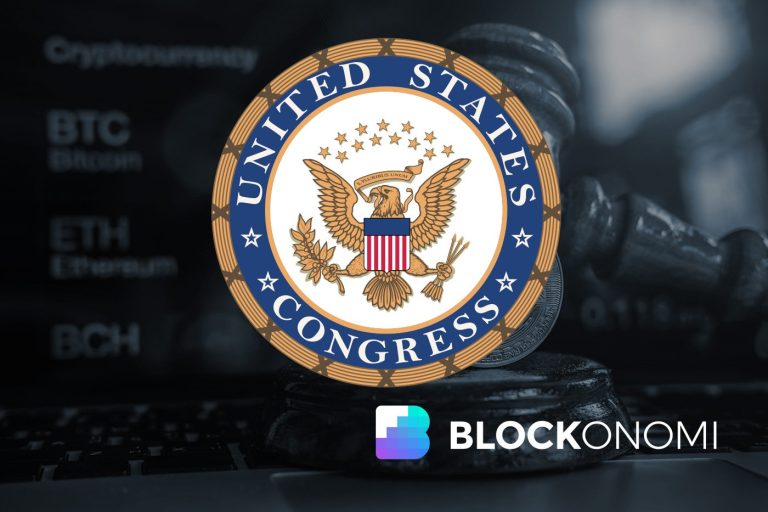
Stablecoins: The Future of Payment Systems Unveiled
The introduction of stablecoins has sparked immense interest in the financial industry, with Federal Reserve Governor Christopher Waller calling them a “fascinating new payment instrument.” Stablecoins, pegged to the U.S. dollar, have the potential to revolutionize payments by promoting competition, improving efficiency, and reducing transaction costs.
What Are Stablecoins and How Do They Work?
Essentially, stablecoins function as digital currencies tied to a stable asset like the U.S. dollar. Unlike volatile cryptocurrencies, they operate on blockchain technology to provide swift, cost-effective cross-border payments. According to Governor Waller, stablecoins are a significant innovation that can compete with traditional bank payment systems, much like private banks compete today.
For instance, PayPal has taken a big leap by introducing its own stablecoin called PYUSD. Available on platforms like PayPal and Venmo, users can hold, transfer, and utilize this stablecoin for everyday transactions, significantly cutting fees and boosting transaction speed.
The Growing Impact of Stablecoins on Global Financial Systems
Stablecoins are experiencing rapid global adoption. In regions like Latin America, they provide critical financial security. Argentina, for example, has witnessed over 60% of crypto users turning to stablecoins like USDT to combat currency devaluation during its financial crisis. Similarly, Brazil’s central bank has classified stablecoins as assets, paving the way for smooth integration into their traditional systems, primarily for remittances.
Major global players are also stepping into the space. Visa is in the process of developing a platform for banks to issue their own stablecoins and settle transactions on blockchain networks like Ethereum and Solana. Pilot programs suggest that cross-border payment fees can dramatically decrease with this technology. Meanwhile, JPMorgan’s Kinexys platform leverages stablecoins for tokenized, round-the-clock payment services, showcasing the potential for global scalability in major financial networks.
Regulations and Advancements
Stablecoins are also reshaping legislative frameworks. The GENIUS Act, the first U.S. legislation focusing on stablecoins, has opened the door for institutions like Bank of America to enter this market. Additionally, BNY Mellon is playing an active role by providing custody services for the reserve assets backing stablecoins.
The market capital for stablecoins currently stands at $313.58 billion, according to CoinMarketCap, emphasizing their growing significance. Their ability to reduce fees, speed up payments, and facilitate financial inclusion is a game-changer for businesses, consumers, and global financial systems.
The Bottom Line
With companies like PayPal launching products such as PYUSD and institutions like Visa integrating stablecoins for seamless transactions, the financial industry is on the brink of significant transformation. As Federal Reserve Governor Waller highlights, the competition brought by stablecoins will likely lower costs for households, businesses, and consumers worldwide.
If you’re interested in leveraging the benefits of stablecoins, explore PayPal’s PYUSD to experience efficient and fast payments. Learn more about PYUSD here.



